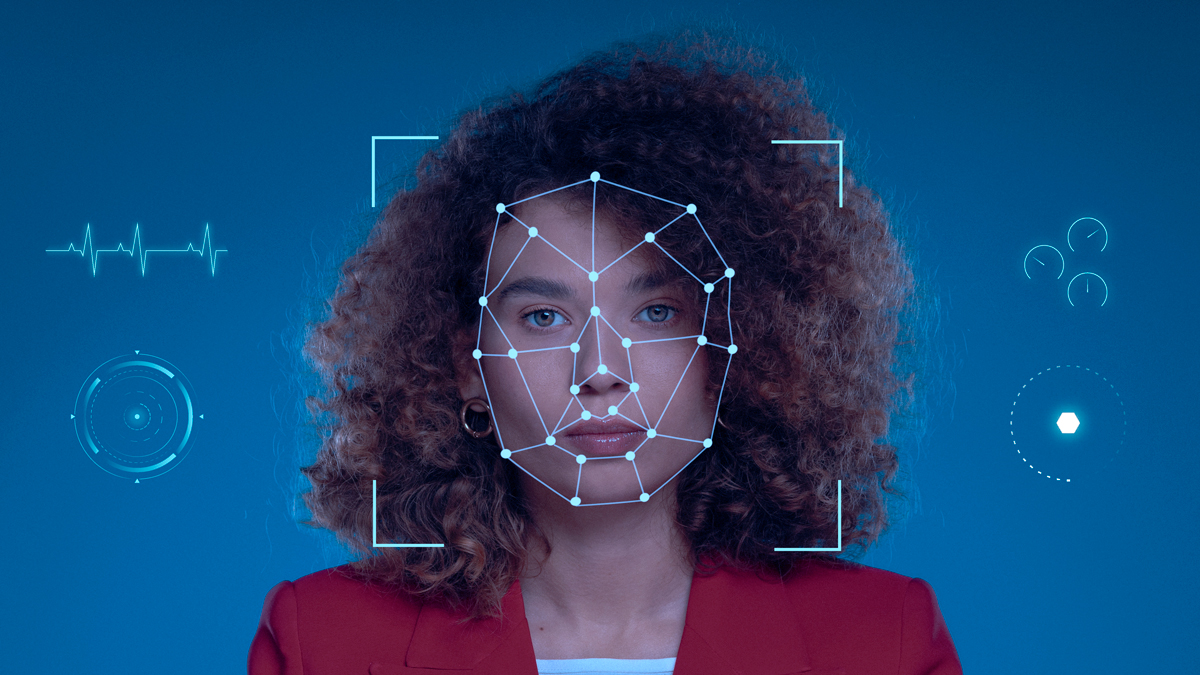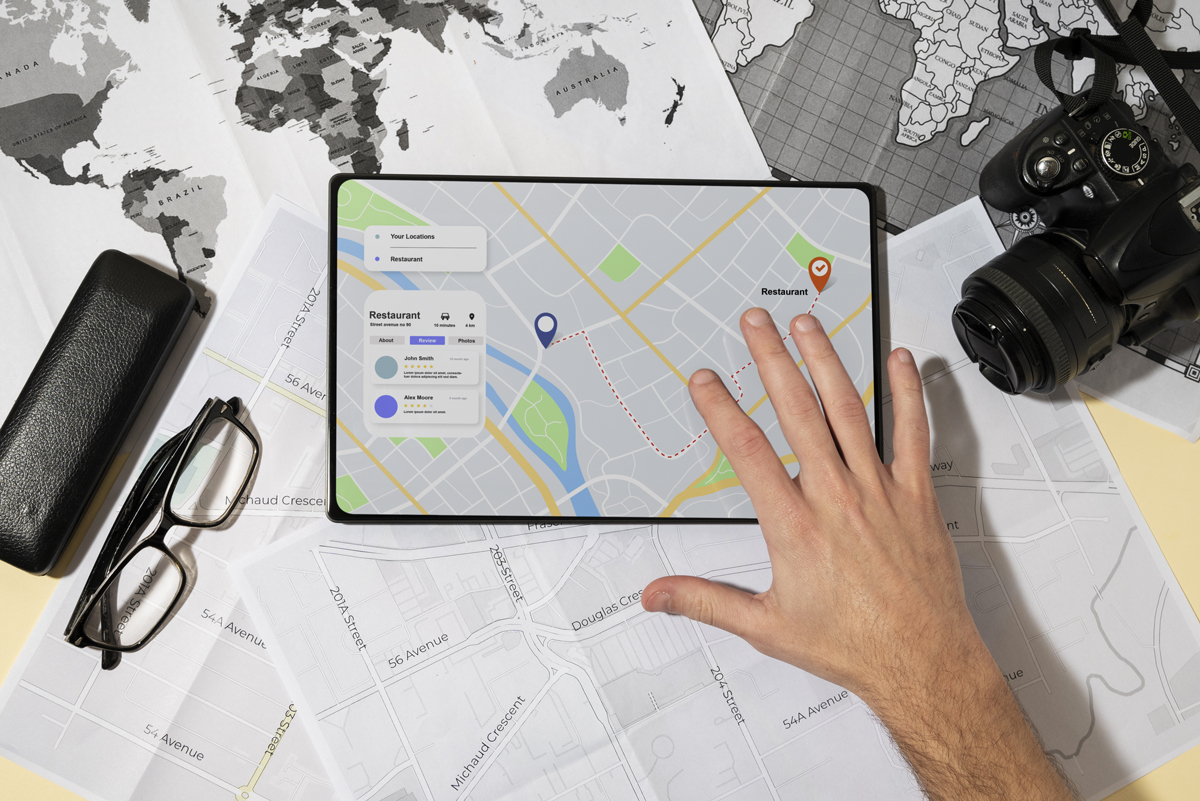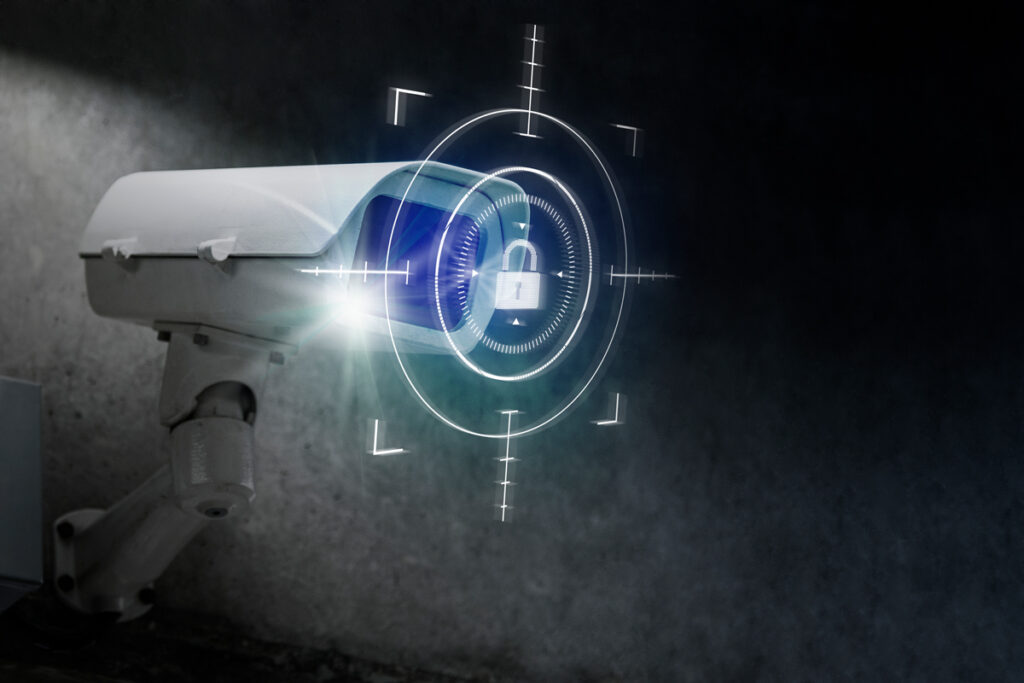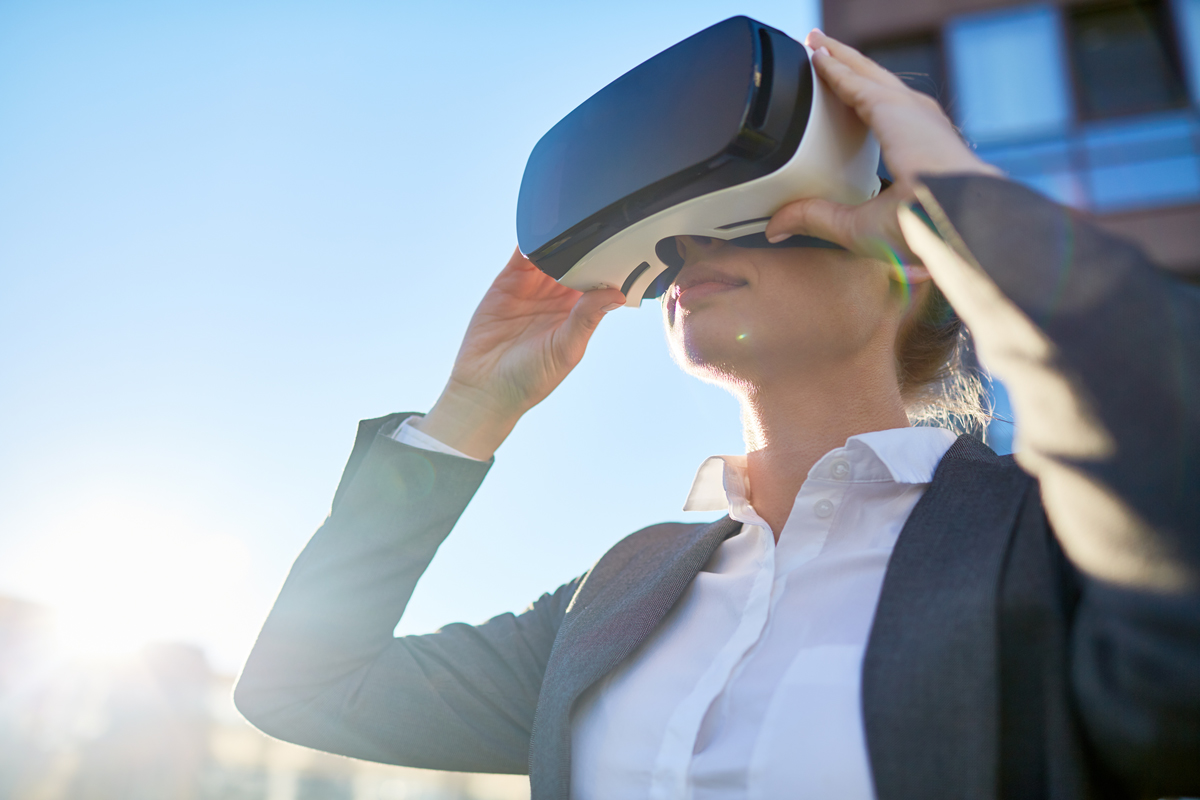Exclusive Neuroject article: The building sector is always on the lookout for methods to enhance effectiveness, output, and safety. Employing high-tech monitoring techniques like time tracking, video monitoring, biometric monitoring, verbal technology, and GPS tracking is one such strategy. These state-of-the-art tools facilitate simplified project management, better worker safety, and adherence to regulations. Construction firms that incorporate these inventive solutions can refine their processes, decrease expenses, and complete undertakings within the allotted time and budget.
Within this article, we will delve into each of these Monitoring Solutions in construction, exploring their advantages and potential uses, and emphasizing their revolutionary effects on the building sector. By increasing site safety and reducing project timelines, these ground-breaking technologies are fundamentally transforming how construction projects are planned and executed.
Construction companies must stay abreast of the latest advancements and utilize them to remain competitive. By adopting these innovative solutions, construction firms can optimize project outcomes, increase profitability, and stimulate sustainable growth. In the subsequent sections, we will delve into how these technologies are revolutionizing the future of construction and evaluate their potential impact on the industry.
1. Time Tracking
Time-tracking systems are software applications that help employers track the time and attendance of their employees with the purpose of improving the productivity of workers, evaluating their performance, and accurate billing. These systems can be particularly useful in the construction industry, where tracking time spent on projects and tasks is essential for effective project management.

Employees typically use the system to clock in and clock out, either through a web-based interface or a physical time clock device. Then, the system processes the data and calculates the hours worked, taking into account any overtime, vacation time, or sick leave. Next, the collected data is stored in a database to generate reports and analytics that provide insight into employee productivity, attendance patterns, and labor costs.
However, gaining transparency while respecting General Data Protection Regulation (GDPR) must be challenging. To achieve this, employers should obtain informed consent from workers before implementing a time-tracking system. Besides, to protect workers’ privacy, employers can use anonymous tracking methods that do not collect personal data. For example, tracking work hours by project or task instead of individual workers.
There are many companies that provide time-tracking systems and related technologies. One company that provides time-tracking solutions while respecting workers’ privacy is Hubstaff. Hubstaff provides detailed reports that allow companies to track time spent on specific projects or tasks, without requiring invasive monitoring of workers’ activities.
2. Video Monitoring Solutions
Video monitoring is the use of video cameras to observe and record activities in a specific area or location. This solution could be used for a variety of purposes and settings such as homes, businesses, public spaces, and transportation systems. Over recent years, this technology has become increasingly popular in the construction industry as a way to enhance safety, security, and productivity on job sites.
There are several benefits of using video monitoring solutions in the construction industry. Video monitoring can help improve safety on construction sites by allowing supervisors to monitor work areas and identify potential hazards before they become accidents. This solution also considers a way to help deter criminal activity by providing a visual record of the site. Video monitoring also offers benefits such as remote monitoring, real-time information, quality control, and time-lapse video.
Effectively analyzing the information provided by video cameras is a challenging task. The first step in analyzing video monitoring information is to define clear objectives and goals. In other words, the purposes of video monitoring should be determined and the area of concern should be identified. Next, data should be collected and analyzed before taking action to address the potential issues.
However, respecting workers’ privacy is essential when implementing video Monitoring Solutions in construction workplace. This could be achieved through some steps including informing workers about the technology, defining limitations for monitoring, minimizing the audio recording, and securing footage.
3. Biometric Monitoring Solutions
Biometric monitoring is a process of using technology to measure and analyze the physical and behavioral characteristics of workers in the workplace. It involves the use of IoT sensors or other devices to collect data on vital signs such as heart rate, blood pressure, and body temperature while tracking movement patterns, and even brain activity.

Biometric monitoring has many applications and is increasingly becoming more prevalent in various industries as technology advances. This system has many benefits such as addressing health issues in hazardous job sites, optimizing the workforce, and ensuring that all workers are following safety protocols.
One of the main applications of biometric monitoring is in the construction industry. Construction workers often work long hours, and fatigue can cause safety problems on the job site. Biometric monitoring by tracking the workers’ vital signs detect signs of fatigue and alert supervisors. Biometric sensors can also track workers’ movements on the job site, providing data on how much time workers spend on different tasks which could result in less waste on motion, transportation, and over-processing.
In general, biometric monitoring is necessary for situations that require precise and on-time information on an individual’s physical or behavioral characteristics for a particular purpose, such as monitoring health, tracking fitness, ensuring security, or improving workplace safety.
4. Wearable Technology
Wearable technology refers to devices that are worn on the body, either as an accessory or as clothing, and are designed to track or monitor various aspects of the wearer’s health, fitness, and activity. These devices typically have sensors that can collect data such as heart rate, steps taken, calories burned, and sleep patterns. They may also have additional features such as GPS tracking, voice control, and wireless connectivity.
This technology has become increasingly popular and different types of wearable technologies became available in the market over the recent years. Smart helmets, smart vests, smart glasses, exoskeletons, and smart gloves are examples of wearable technology that has the potential to improve safety, productivity, and efficiency, especially in the construction industry.
However, there are some ethical considerations that should be taken into account when it comes to wearable technology. This technology has the potential to collect and store a vast amount of personal data such as physical activity, health, and location which may arose concerns about users’ privacy. Data ownership, informed consent, data security, and transparency are the key ethical considerations around wearable technology.
One of the successful companies that work on wearable technology to provide real-time data and insight on construction sites is TokenMe. In TokenMe’s latest project, workers are wearing helmets, and the construction site is equipped with anchor points with a variety of sensors including motion and temperature sensors which enables continuous monitoring of both the workers’ activities and their environment, ensuring their safety throughout their work.
5. GPS Tracking
The Global Positioning System (GPS) is used to pinpoint the location of objects or people. Tracking with this technology involves monitoring the movement of vehicles, individuals, animals, or other items in real time. Various industries utilize this system, including transportation, logistics, construction, and law enforcement, as well as individuals for personal purposes such as monitoring family members or pets.
Users and employers benefit from these tracking systems in numerous ways. For instance, in the construction sector, effective fleet management is made possible by optimizing routes and reducing fuel consumption. Safety is also enhanced, with theft and unauthorized use minimized. Overall, by offering real-time location data and other valuable information, these systems enable construction managers to make informed decisions and streamline their operations.
Various types of tracking systems are available on the market to capitalize on these benefits. First, Cellular-based tracking is generally the most affordable option, but it may not function well in areas with poor cellular coverage. Other systems include Satellite-based tracking, Radio Frequency Identification (RFID), Bluetooth tracking, and Hybrid tracking, each with its own set of advantages and disadvantages.
Accuracy is a crucial factor in determining the quality of these systems. Typically, they can provide precise location data within a few meters or even centimeters, depending on the specific GPS technology employed. However, in some situations, the system may not be able to deliver accurate data due to signal interference or environmental factors.

Conclusion
The construction industry is increasingly embracing advanced Monitoring Solutions in construction including time tracking, video monitoring, biometric monitoring, verbal technology, and GPS tracking, to enhance efficiency, safety, and productivity. These innovative solutions enable more accurate project management and ensure workers’ safety which results in the optimization of operations, minimizing costs, and the completion of projects on time and within budget.
Time tracking could ensure the precise measurement of the spent time on tasks and projects. Biometric monitoring is considered by risk managers as an essential tool to ensure the safety of individuals in some projects, especially for large-scale construction sites. The video Monitoring Solutions in construction is another tool that can improve the safety of job sites by identifying potential hazards.
Wearable technology is one of the most interesting innovations that includes smart helmets, vests, glasses, exoskeletons, and gloves, has the potential to improve safety, productivity, and efficiency. However, despite the capacity of these technologies in evolving the way construction projects are managed and executed, ethical considerations, such as data ownership, informed consent, data security, and transparency, should be taken into account to ensure respect for workers’ privacy.
Recommended articles after reading “5 Worker Monitoring Solutions in construction industry”:
Top 7 Sustainable Architecture Projects
important construction technology in 2024
Smart Construction: Top 7 IoT Applications
7 Lean Construction principles and practical examples
Resources:
startus-insights.com | researchgate.net
For all the pictures: freepik




